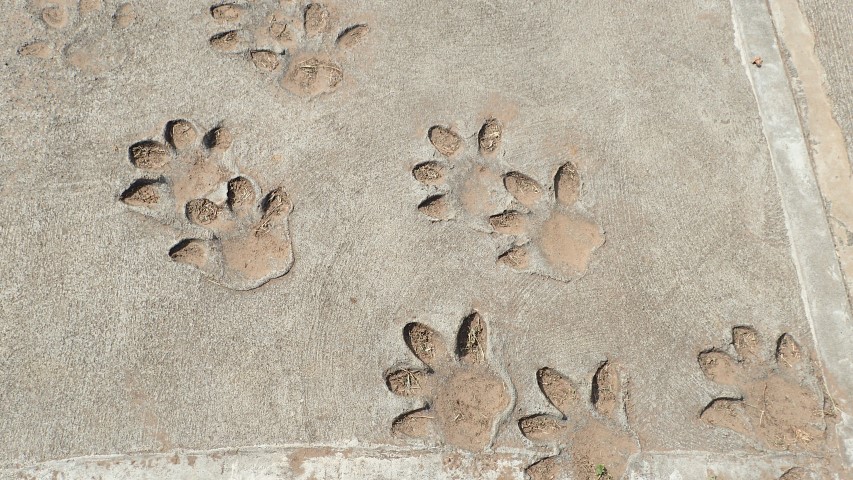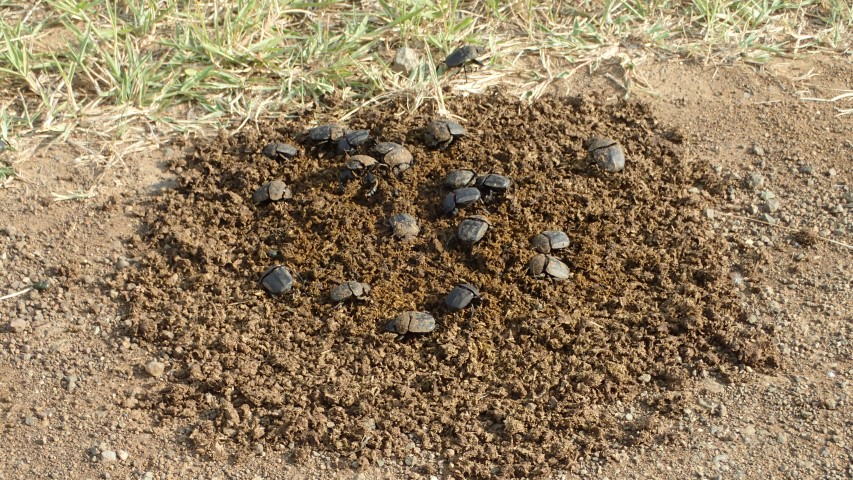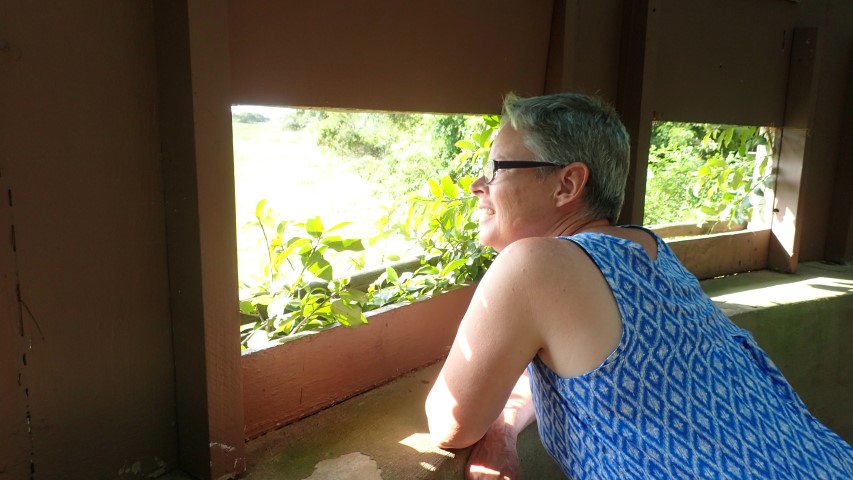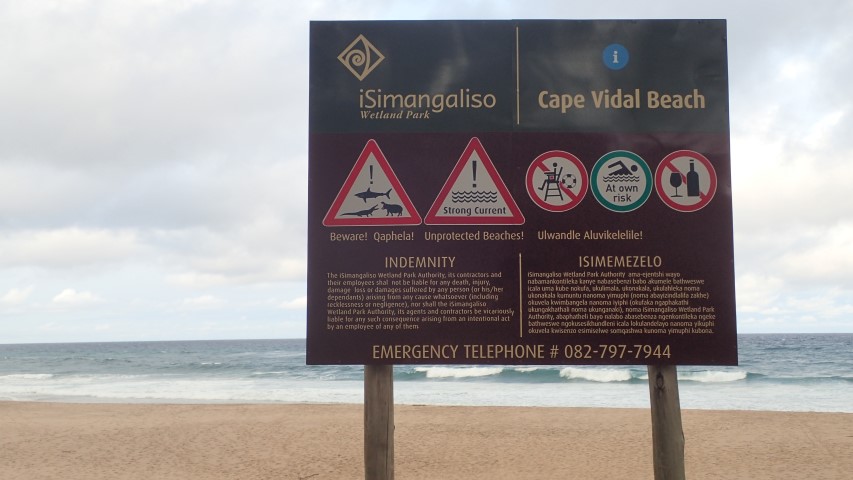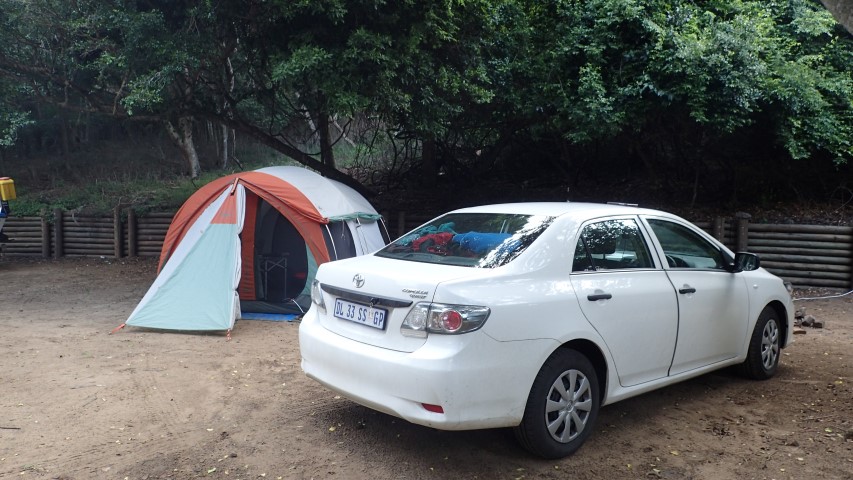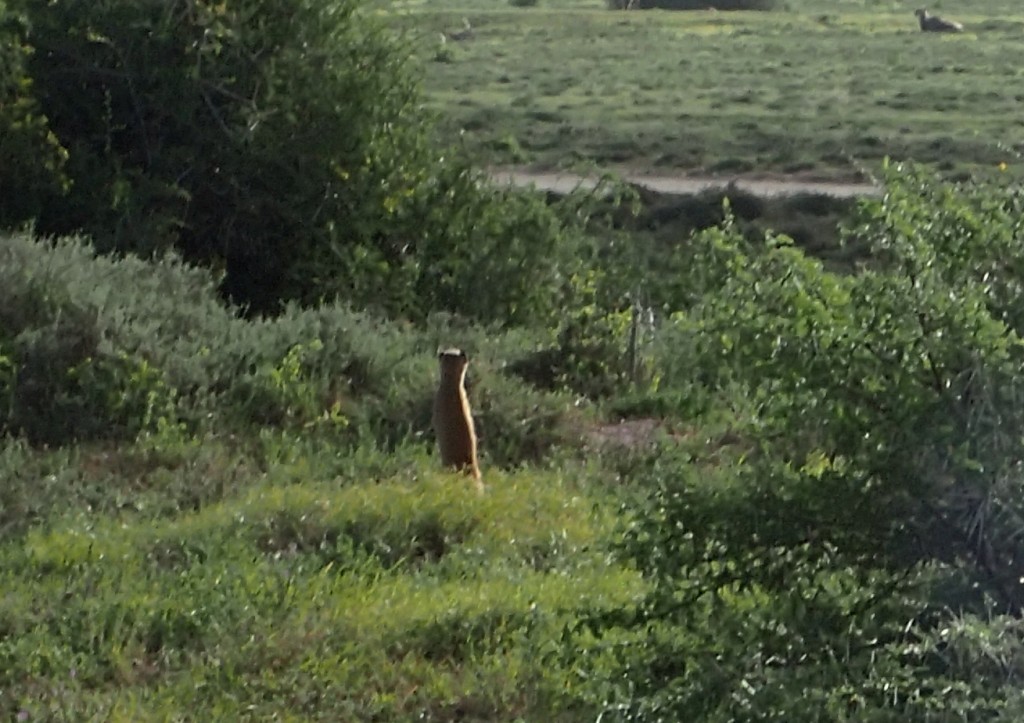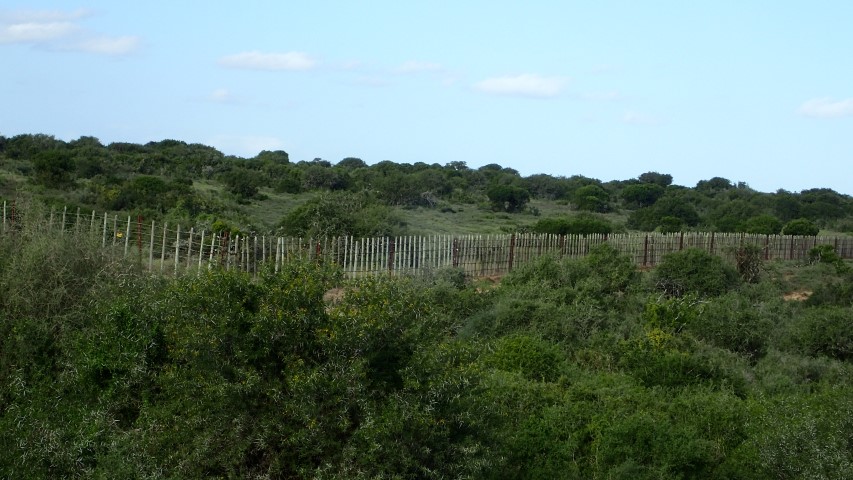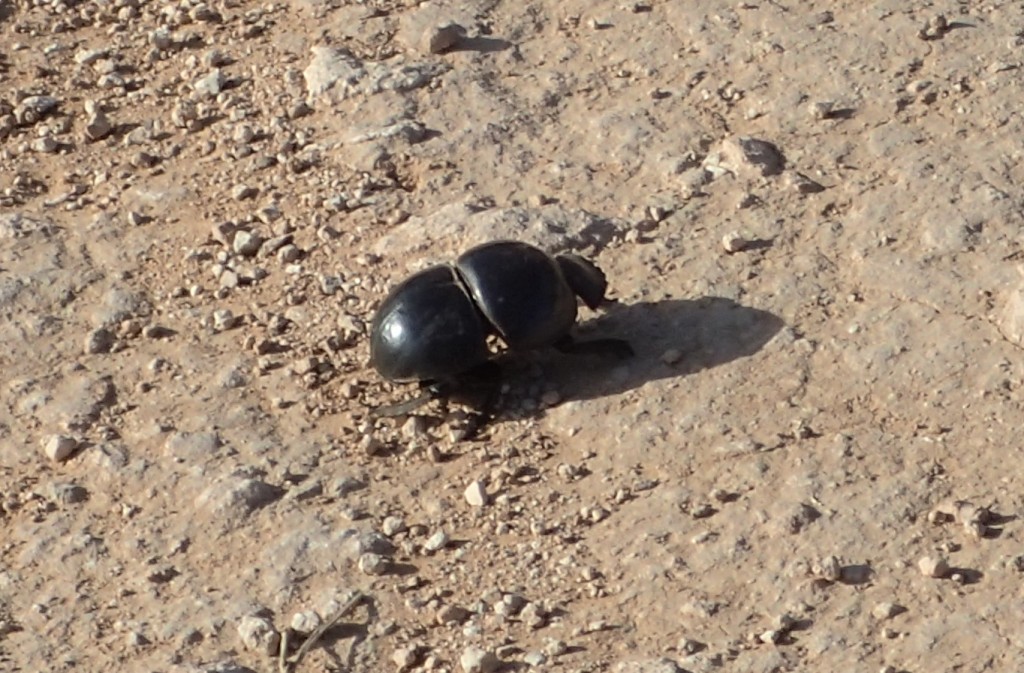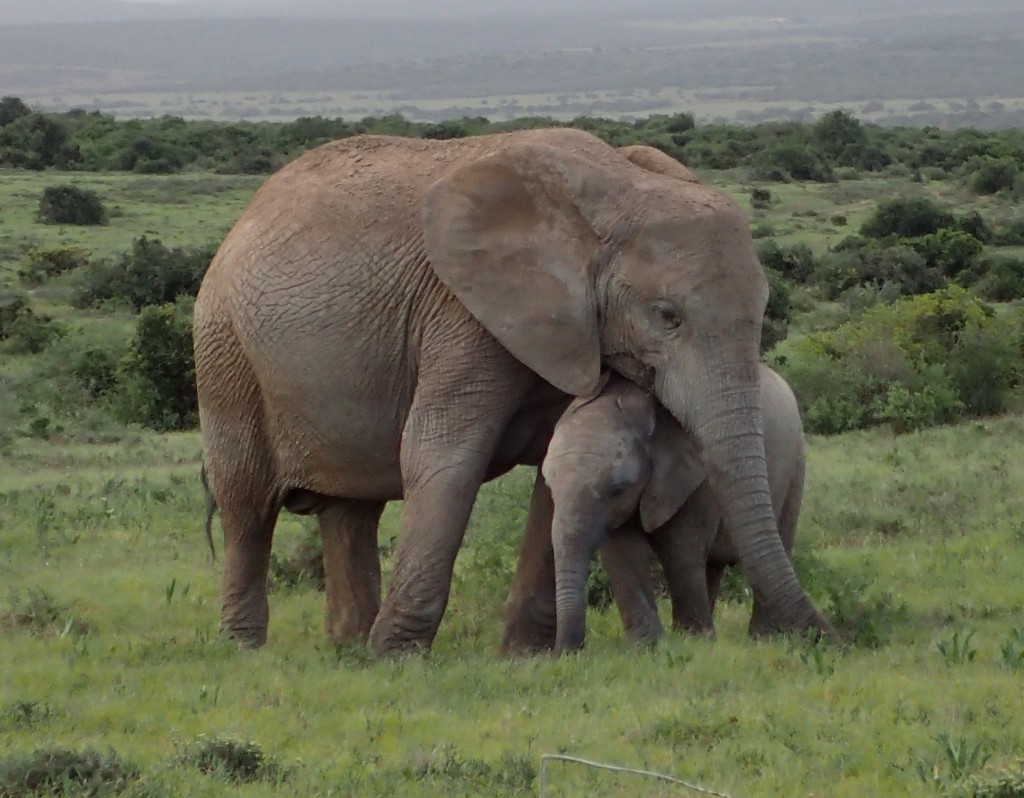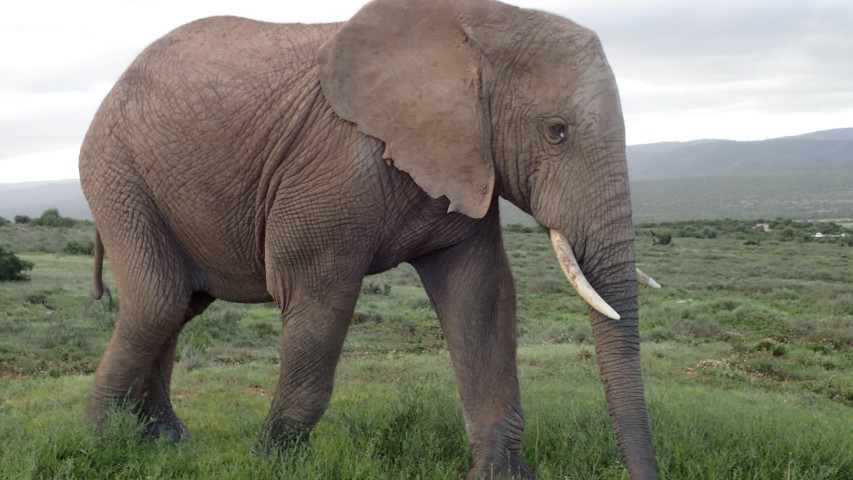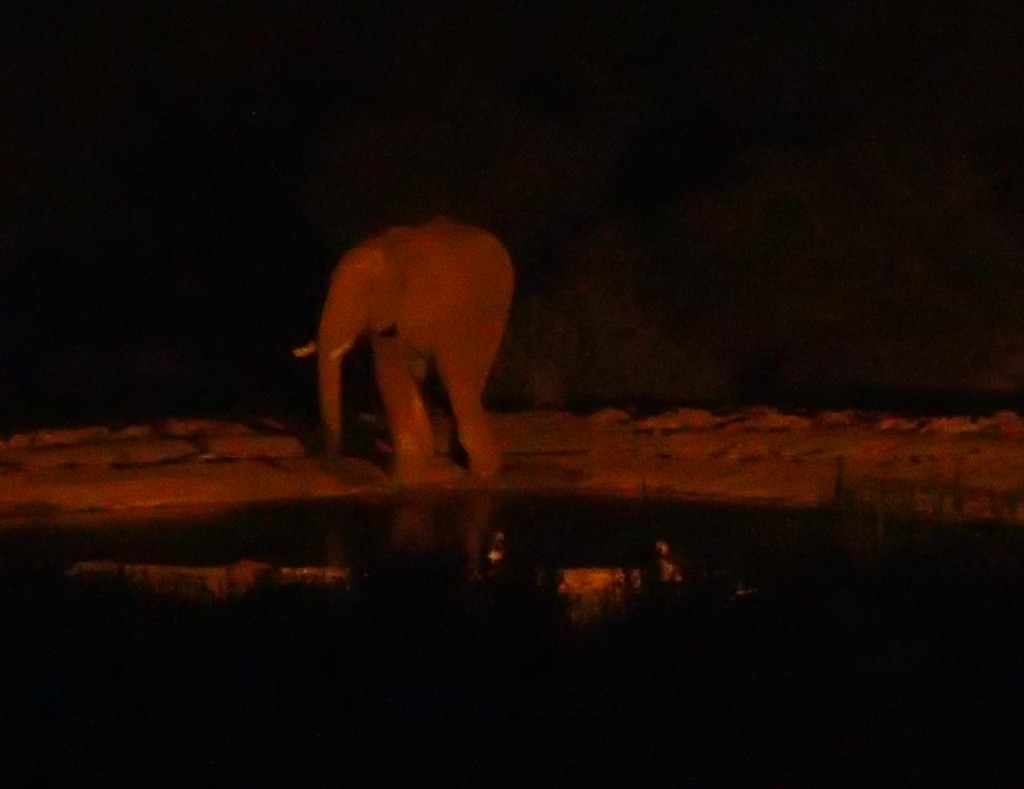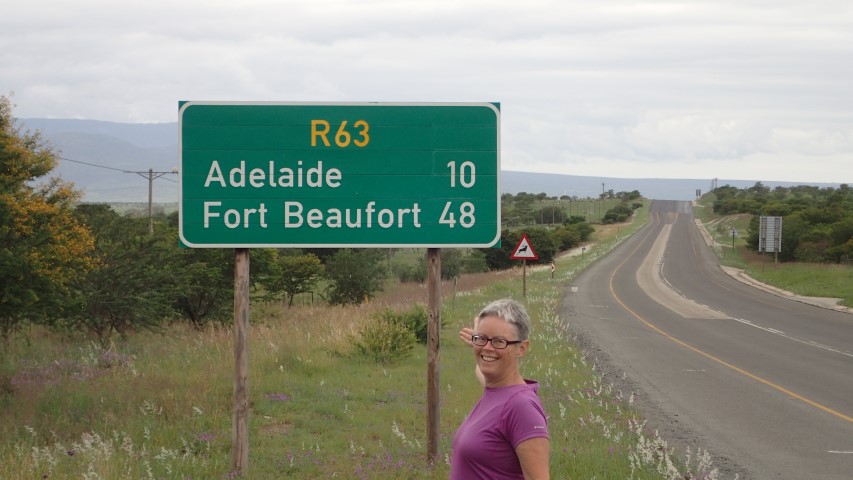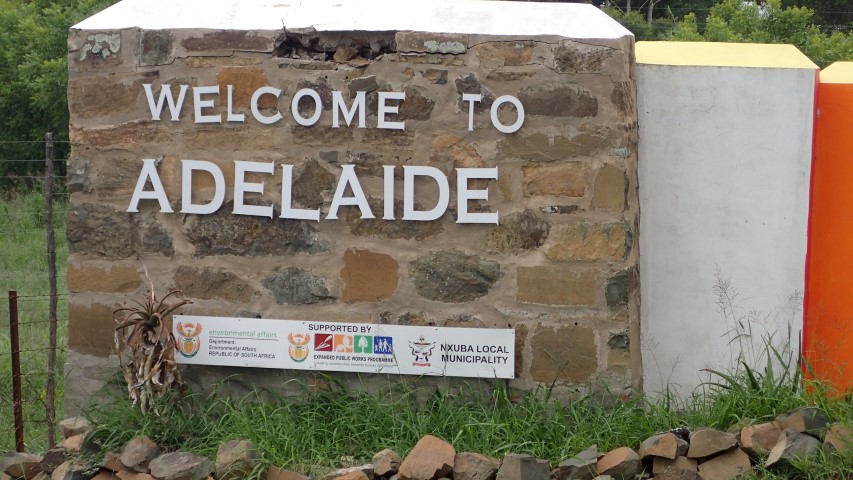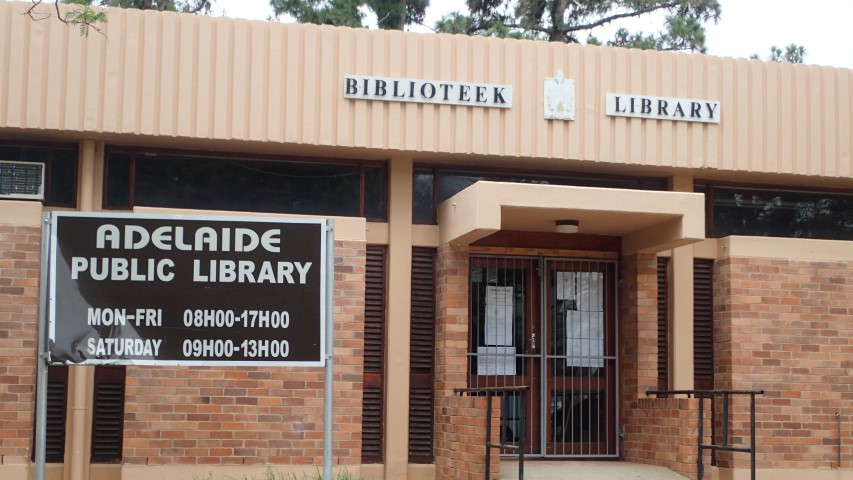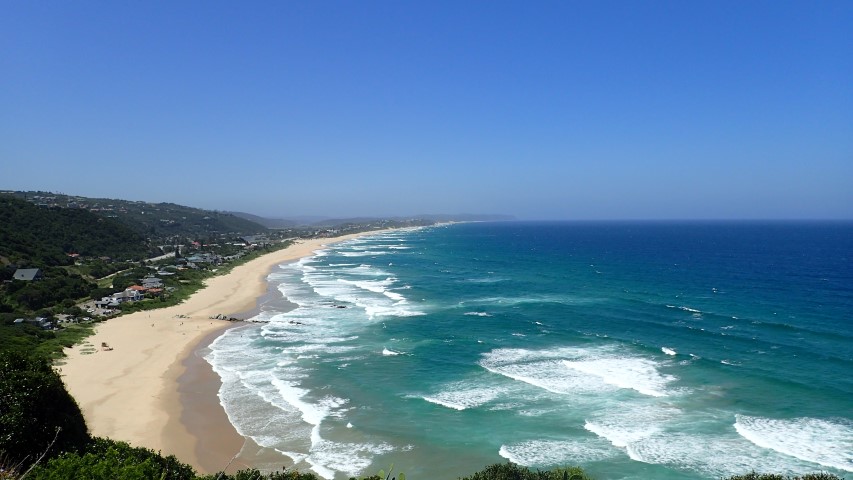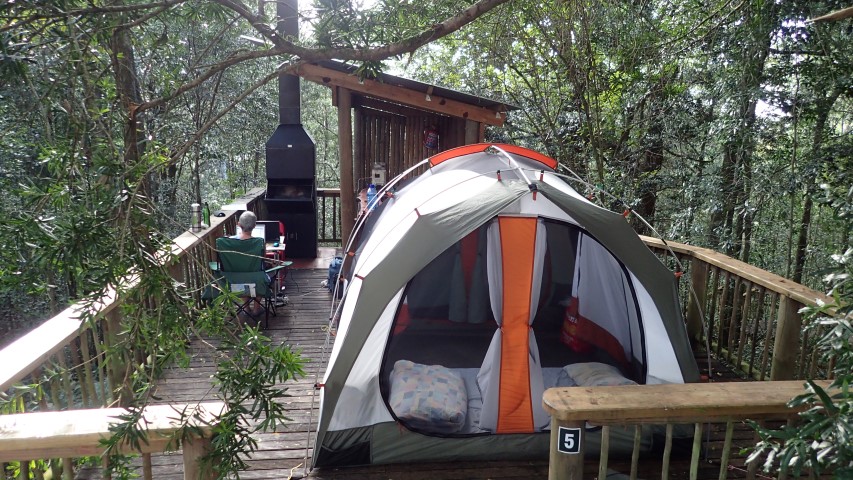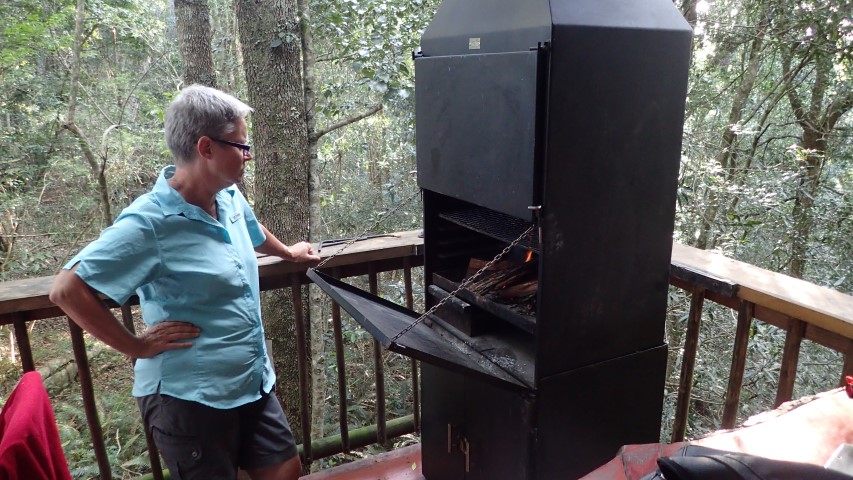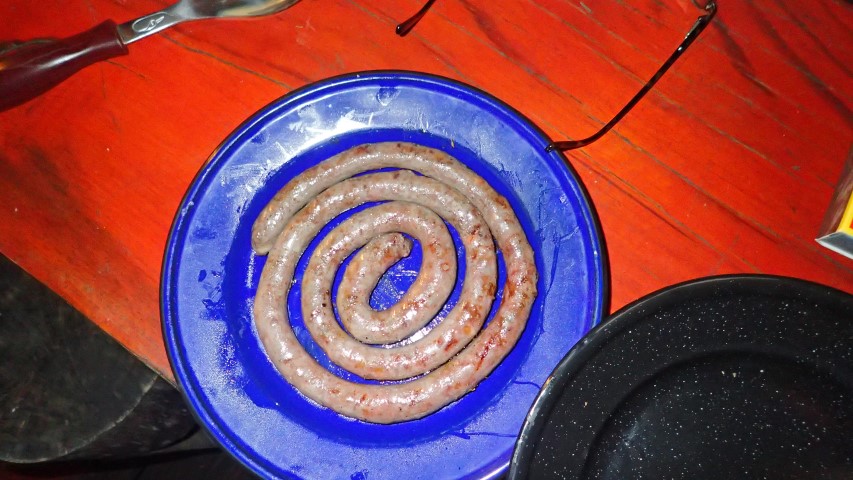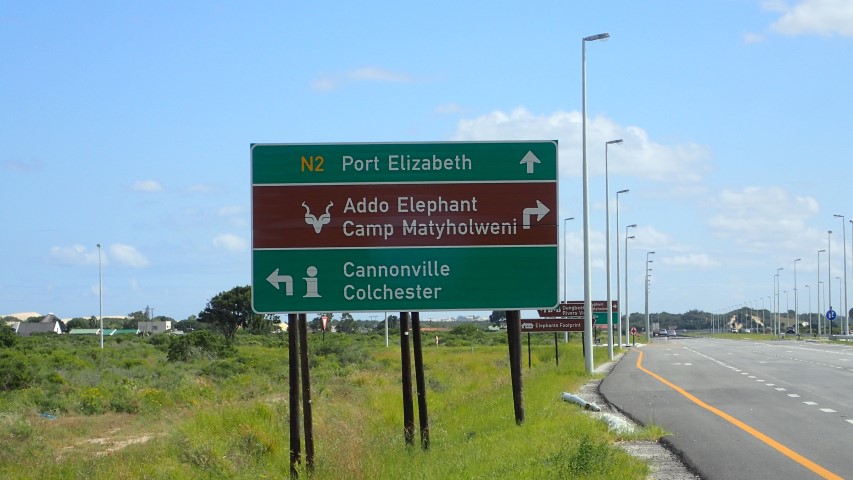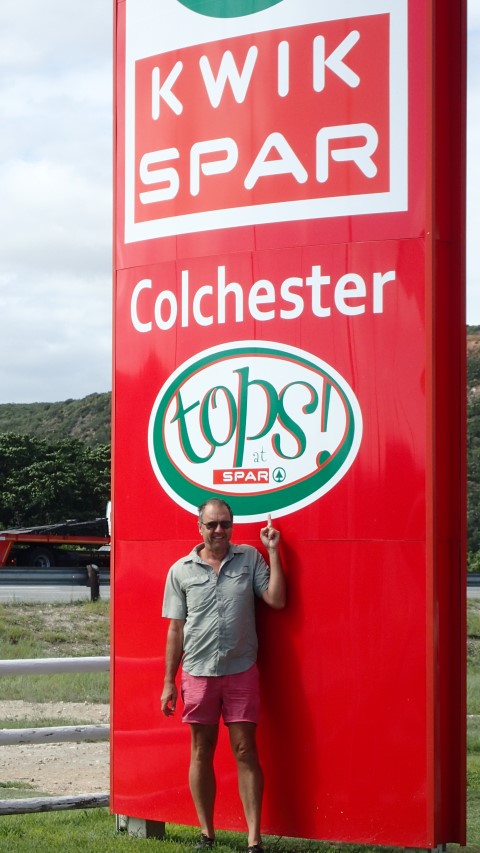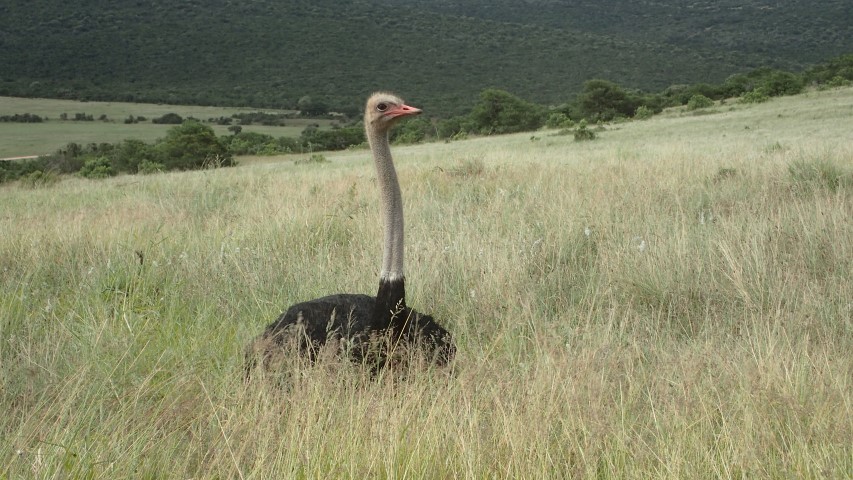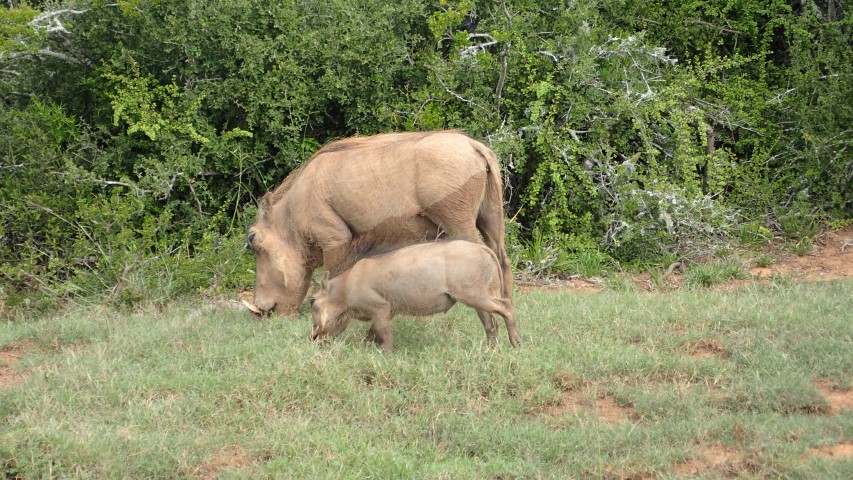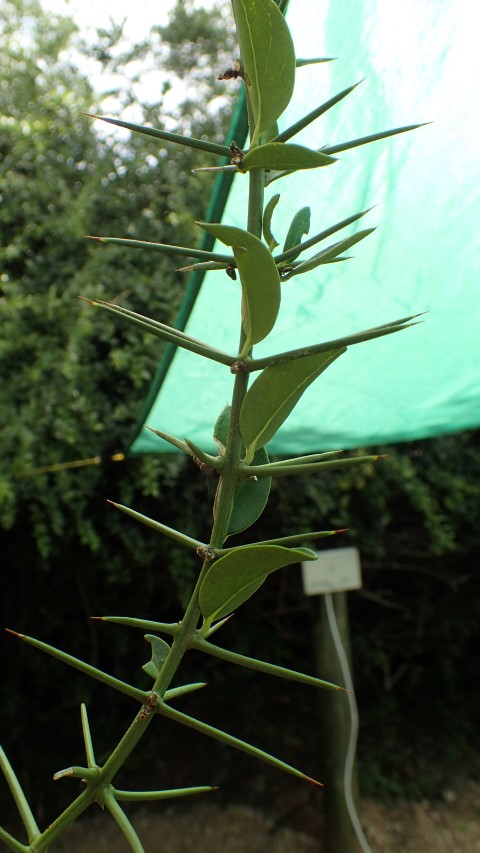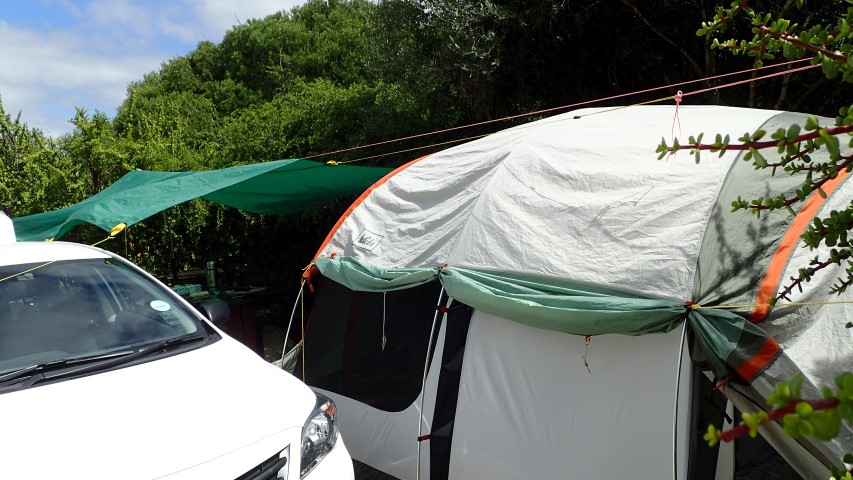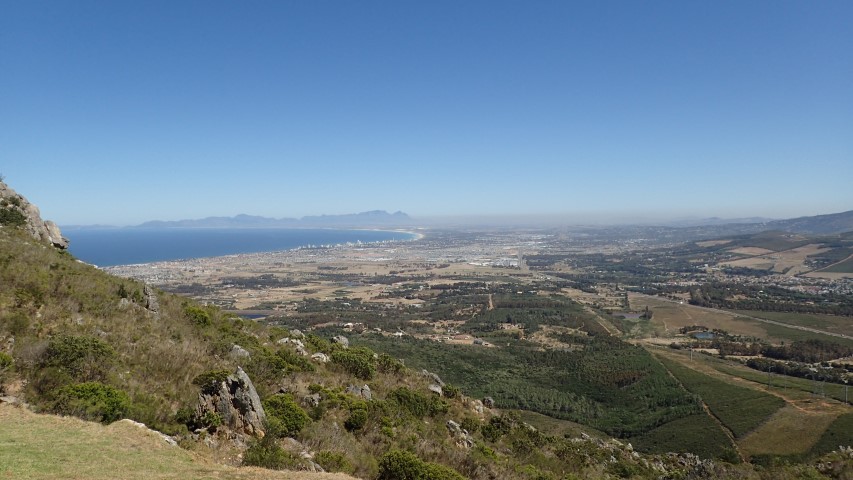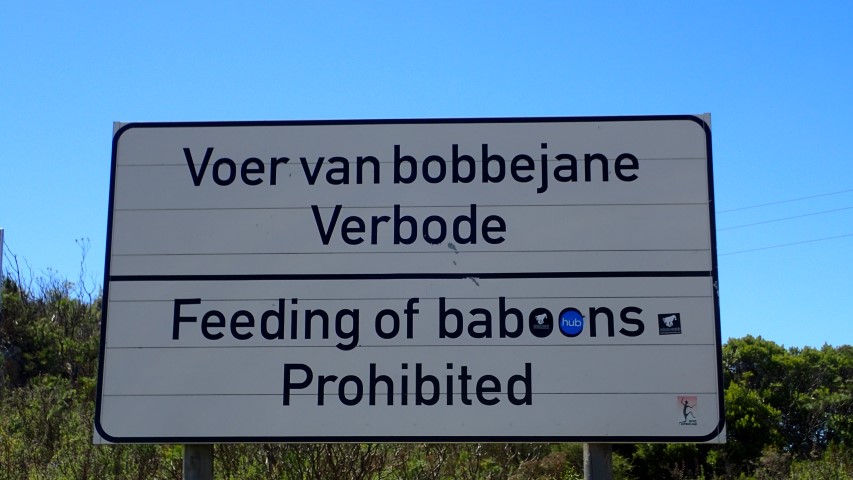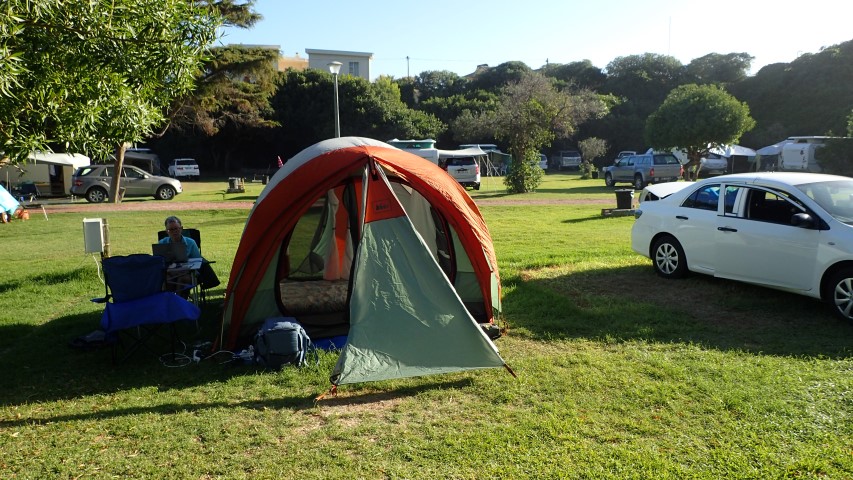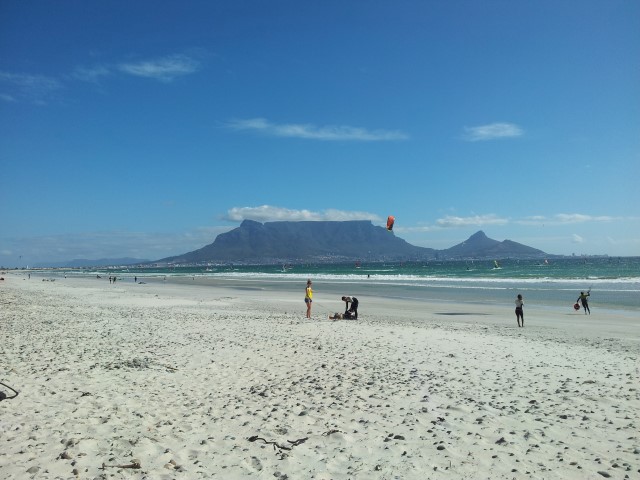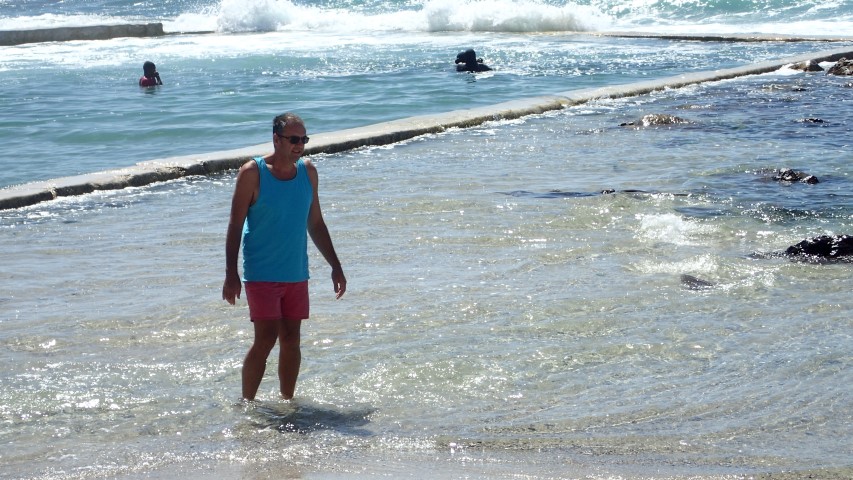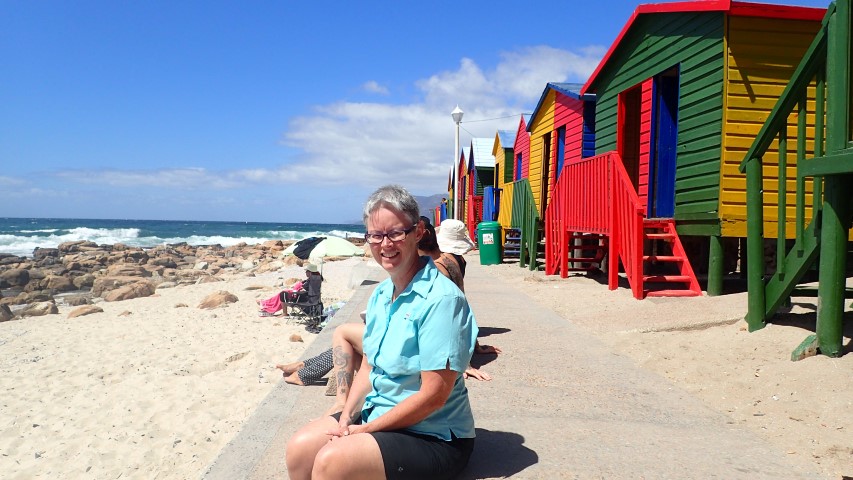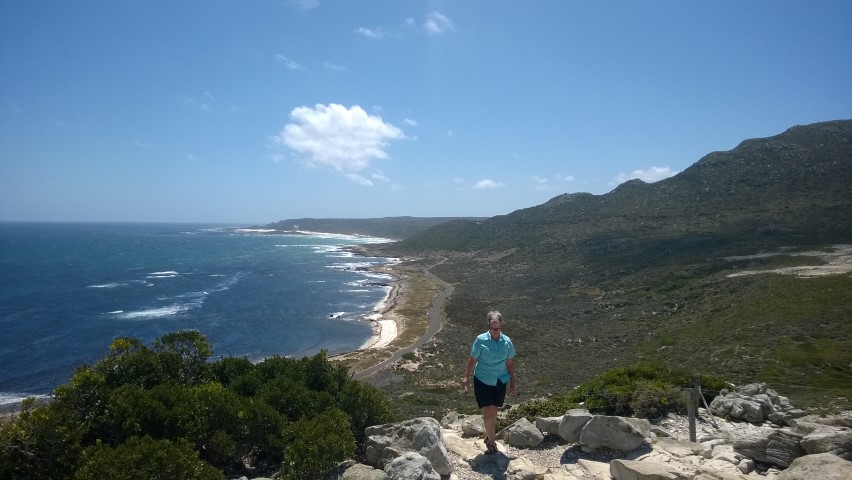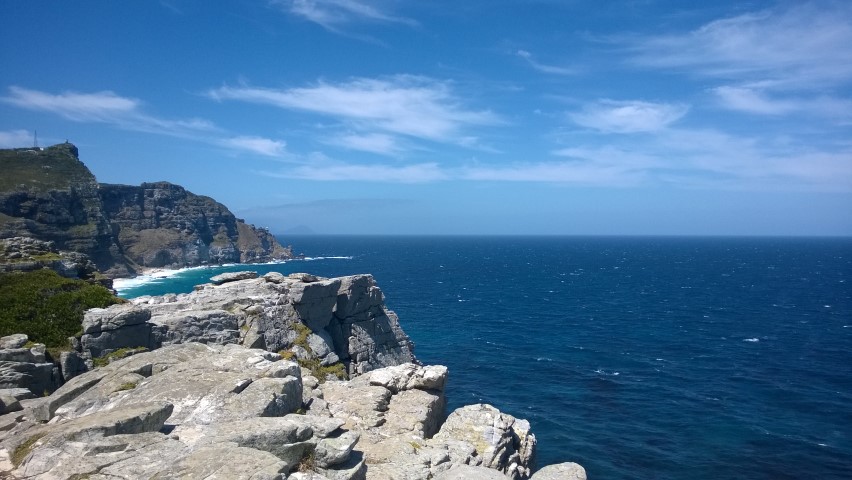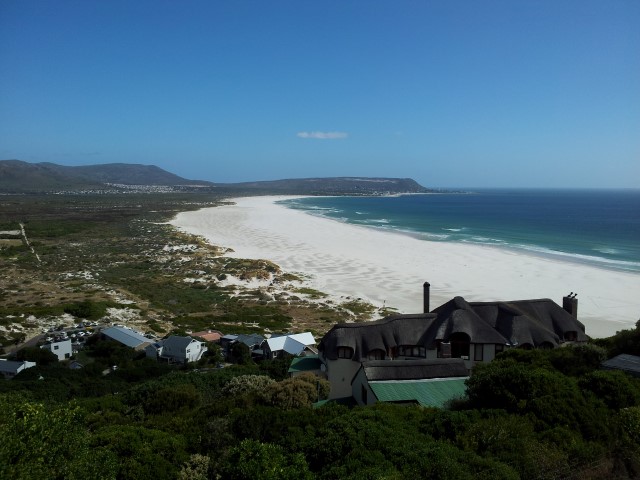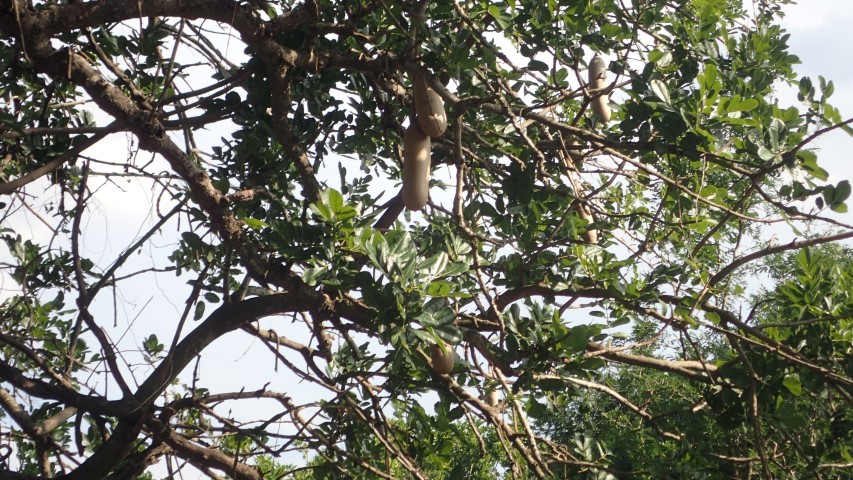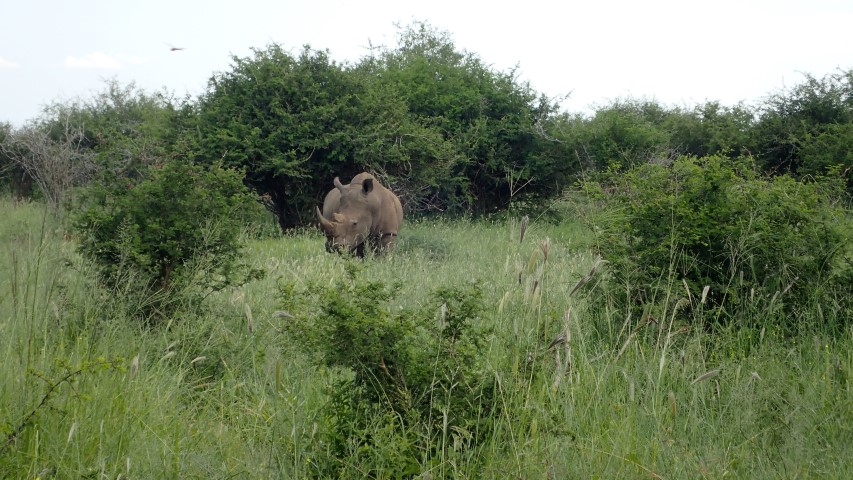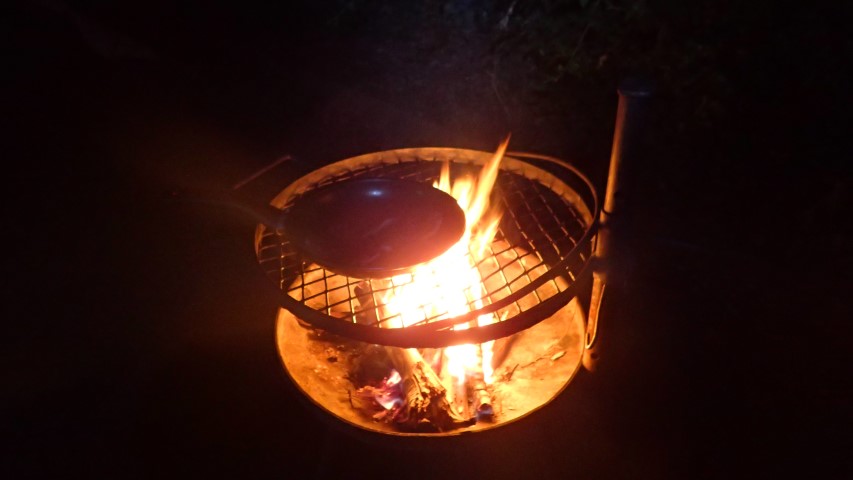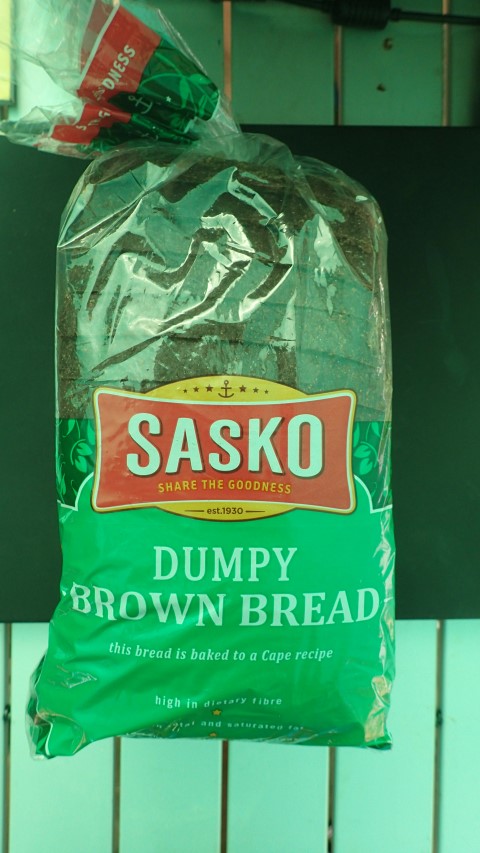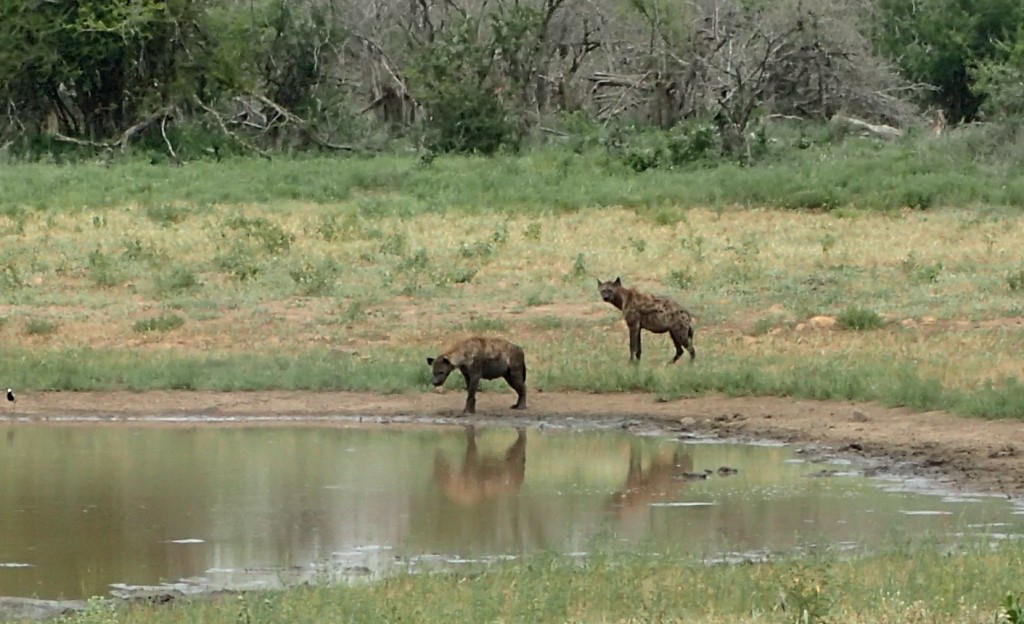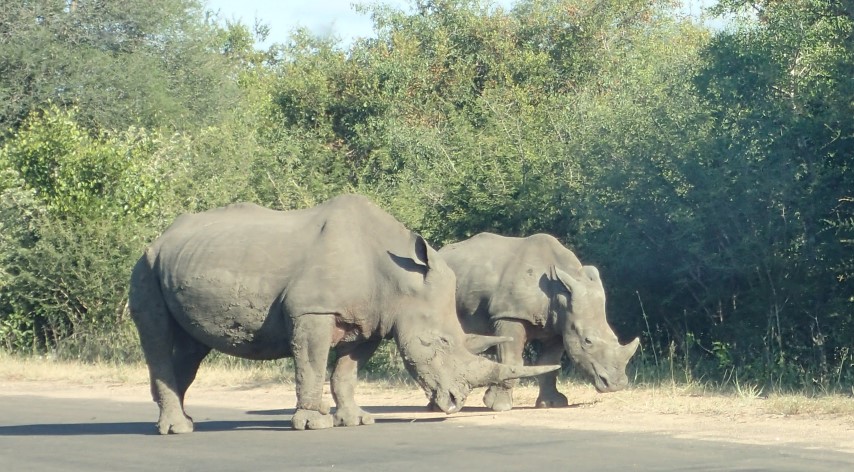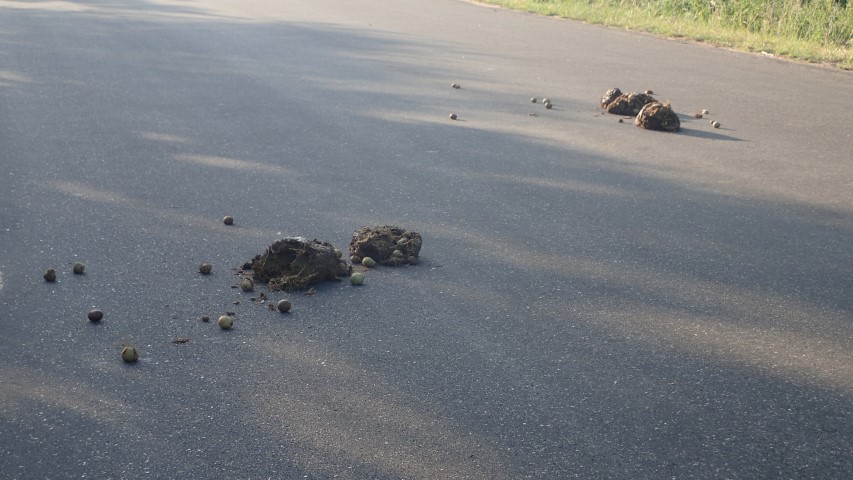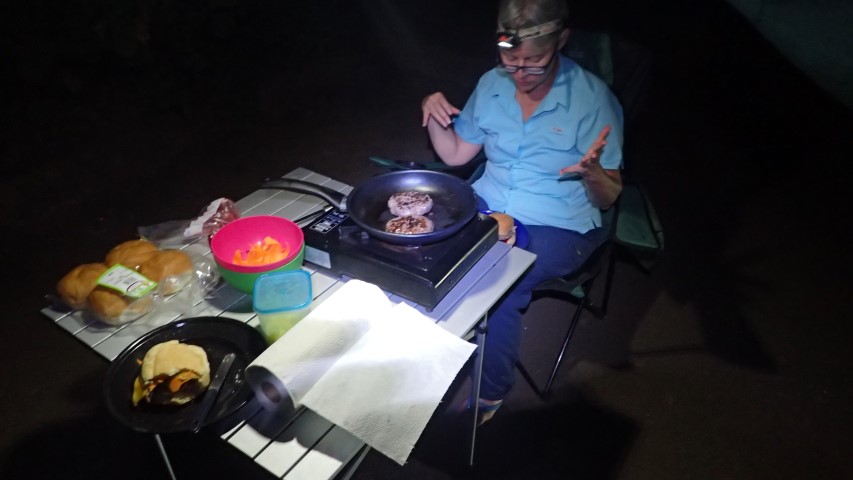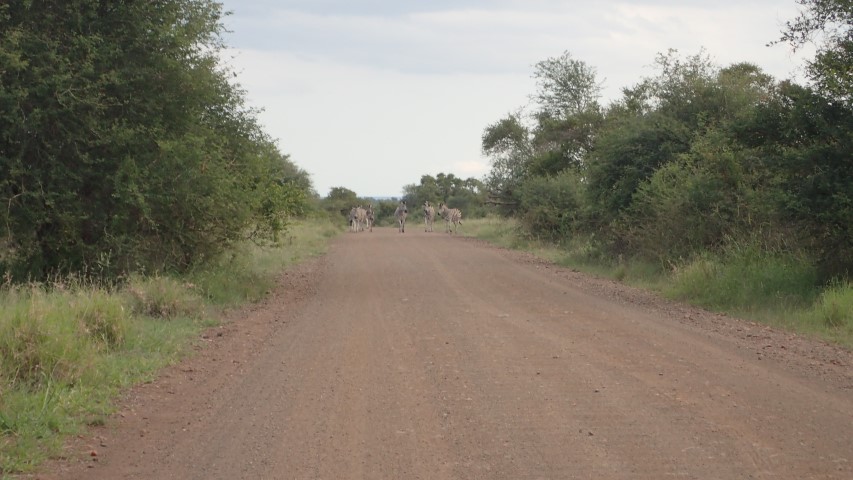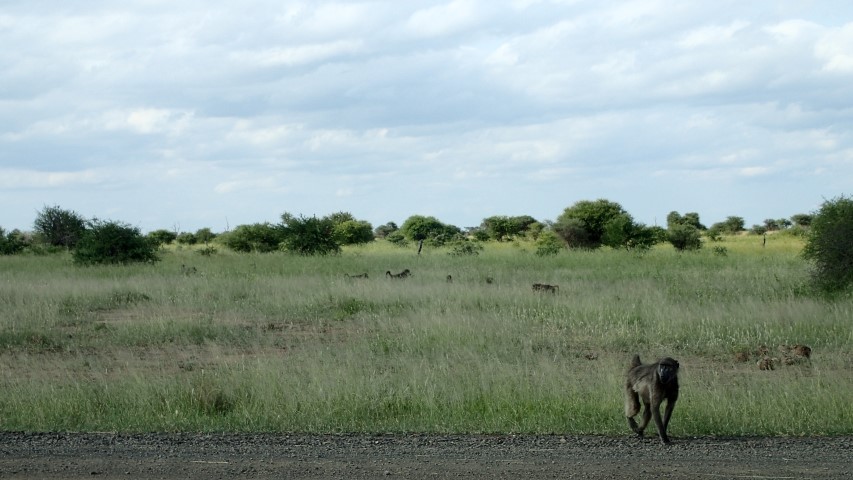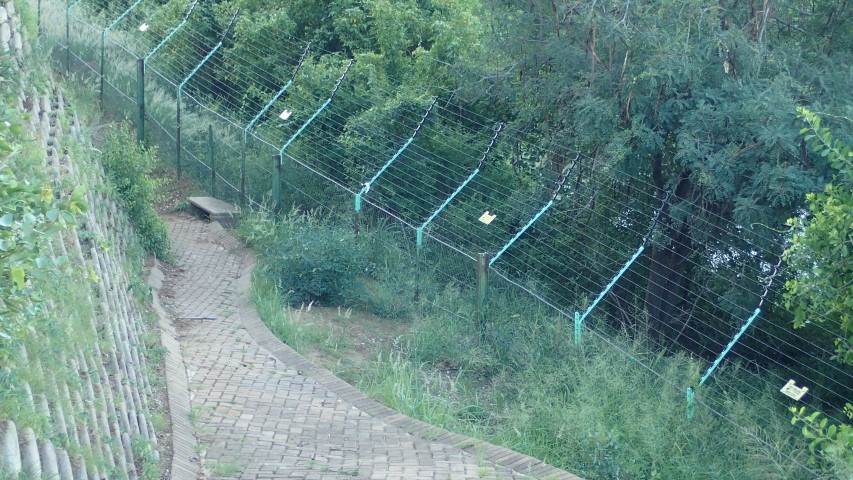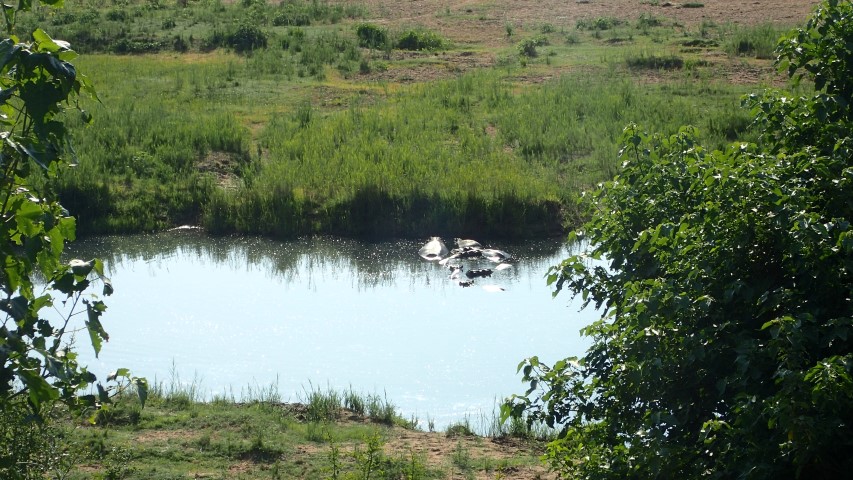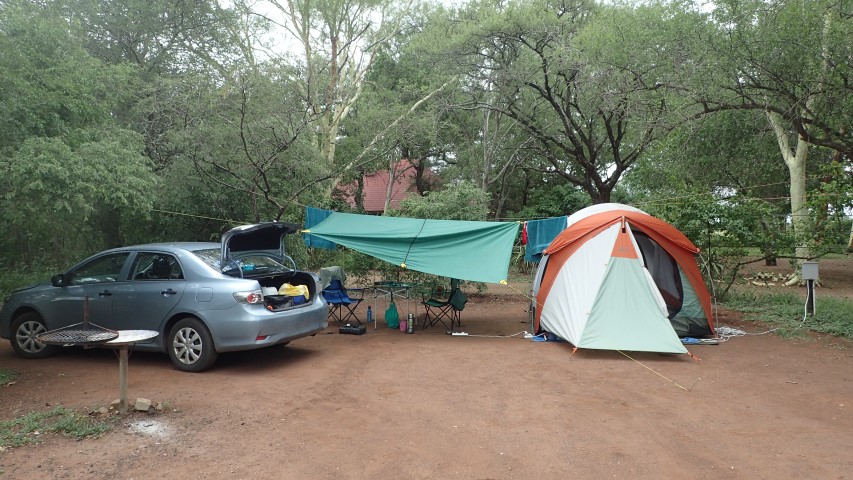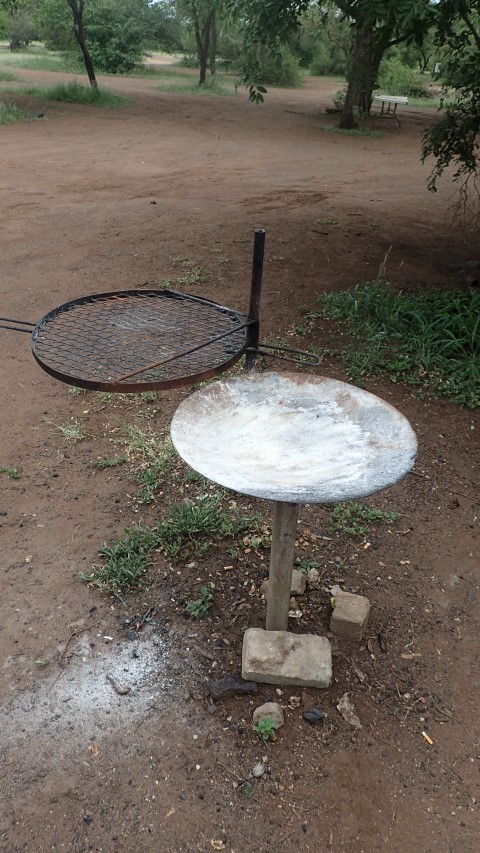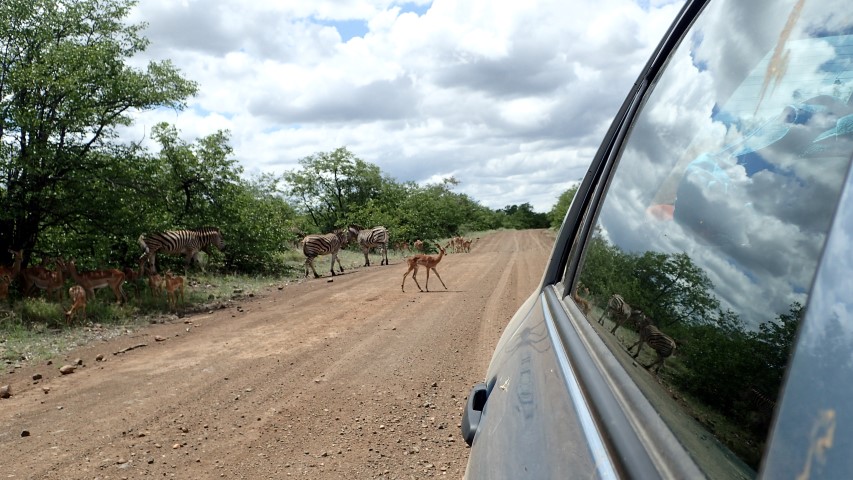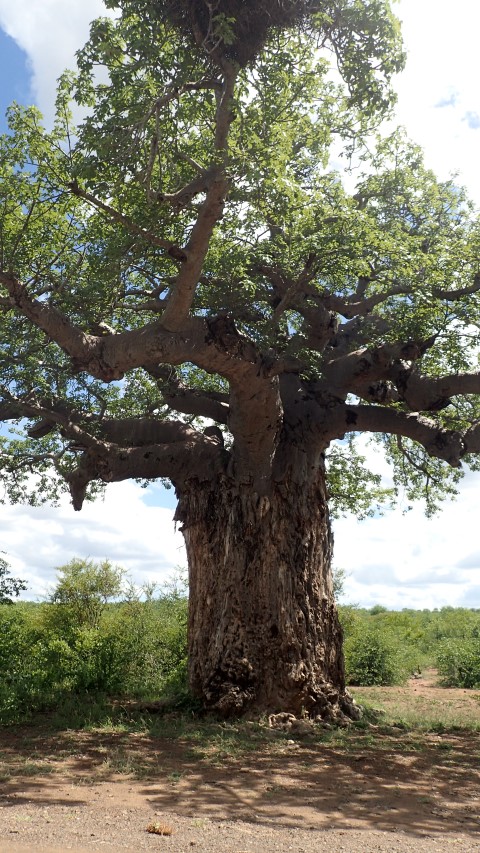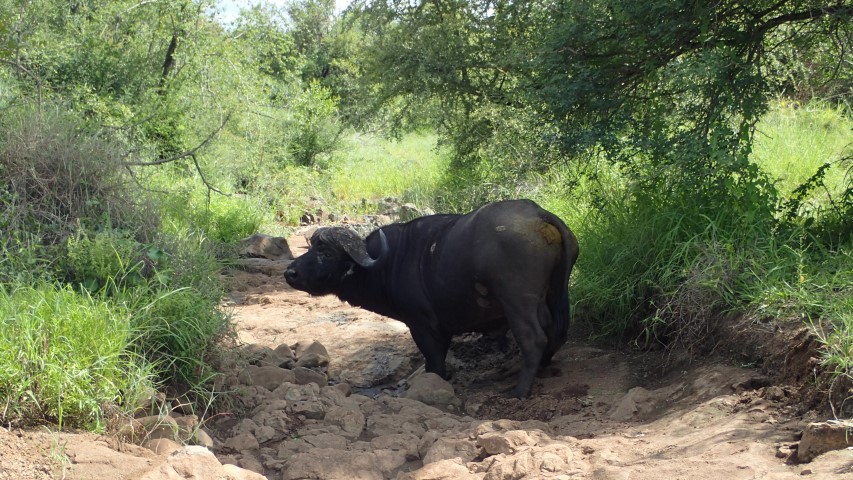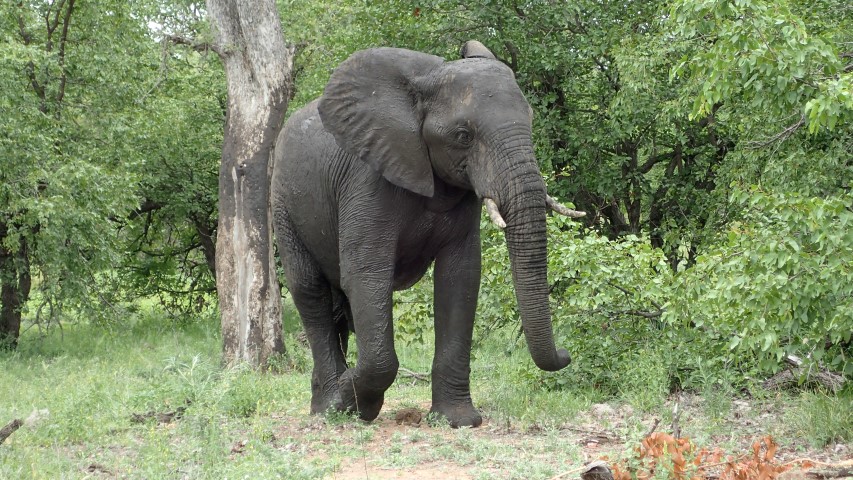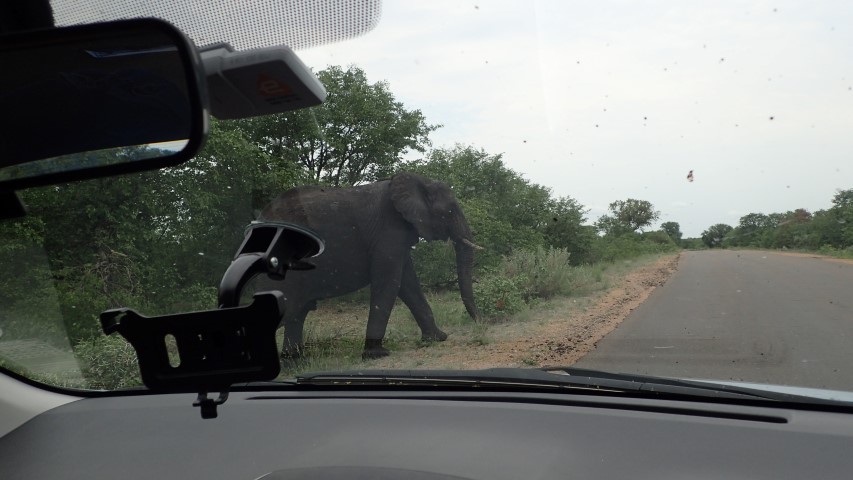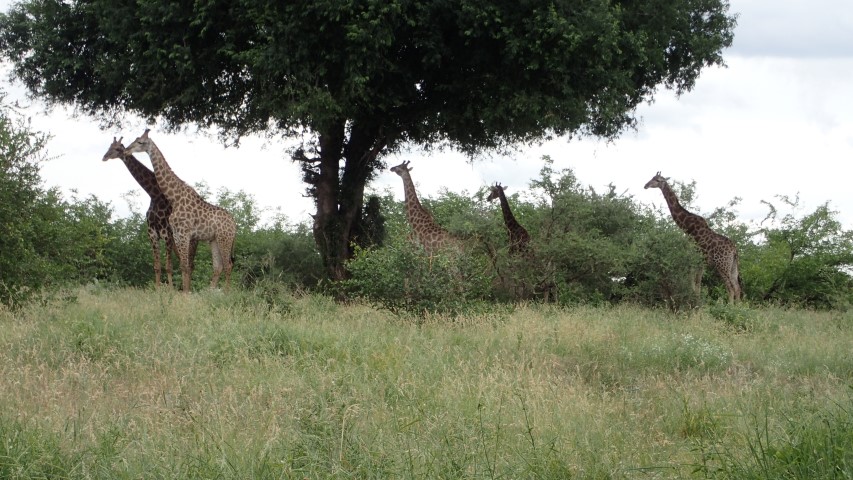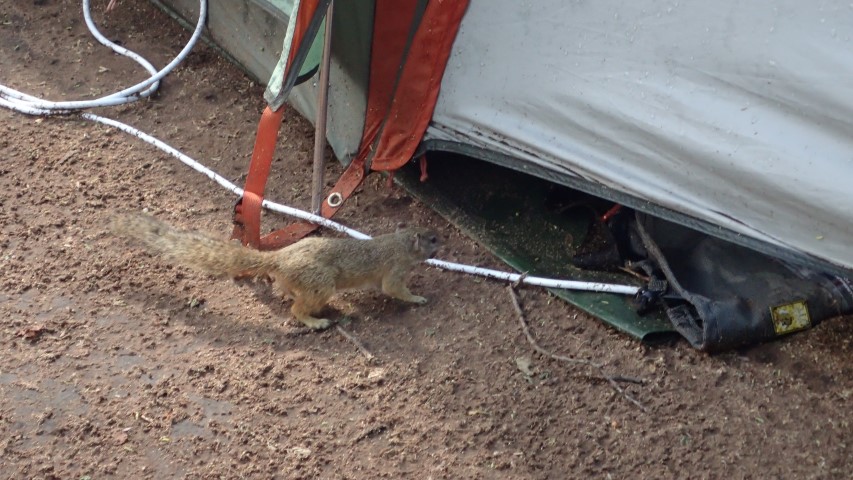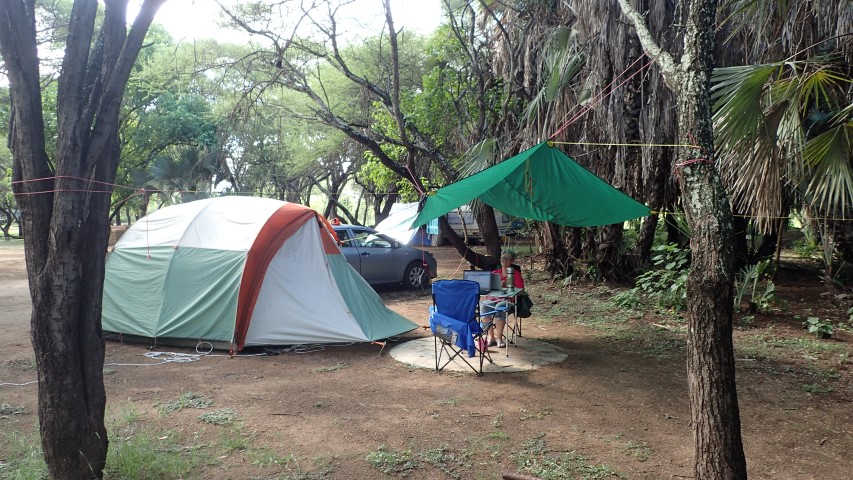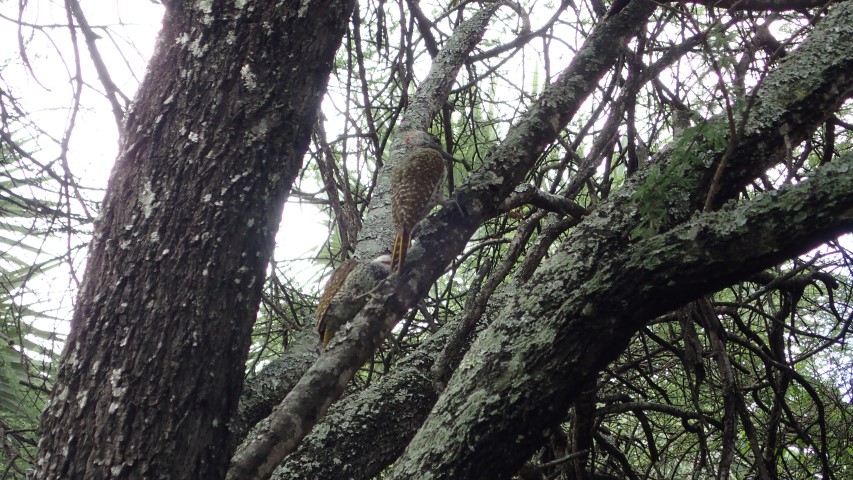We’re at the O.R. Tambo Airport in Joburg, with an hour or so before we board the plane to Singapore. It’s a bit hard to believe we’ve been here for 6 weeks, and that our amazing African adventure is over. We’ve thrown stuff out, left other stuff in a pile at the campground hoping that some of it may find its way to someone else who can make use of it and packed up the stuff we’re taking home. We brought a set of portable digital scales with us to avoid the mad panic of chucking (even more!) stuff out at the airport as we did in the US last year. Our bags weigh about the same as they did when we arrived – we’ve added more books and a beautiful, but heavy, cast iron bread tin with a lid, and discarded some cooking stuff, linen and a few clothes.
We stayed at the Avant Garde Lodge in Kempton Park, near the airport in Joburg last night. We booked it on booking.com, but they also have their own website here. Lovely rooms, breakfast included and they also offer dinner. We were more than happy to eat there after driving 600kms, and there was a thunderstorm just after we arrived so it was good to not have to go out again to find dinner. It’s a great place to stay as it’s close to the airport, but it would also be lovely to spend a few days there lounging by the pool and enjoying the beautiful gardens.
The trip has been fantastic – much better than I dared to hope it would be. We didn’t get sick, mugged, robbed or scammed, weren’t involved in any road accidents, which was my biggest fear after we realised that South Africa really isn’t a dark, dangerous hotbed of crime – the drivers here really are terrible. Greg has handled all the driving with incredible grace and good humour – the awful road conditions, shocking drivers, occasional hard-to-find places – all of it has just become another part of the grand adventure rather than an insurmountable obstacle, thanks to Mr Adventure. He’s a great travelling companion.
Before we came, I hadn’t really thought too much about the wildlife we might see … or rather, I didn’t want to have high expectations in case we didn’t get to see much. Ha! It’s a bit like some of the other adventures we’ve had – all you have to do is turn up. We’ve seen so much wildilfe, but sadly never did see a leopard or a cheetah. We’ll put them on our wish list for next time. And there will definitely be a ‘next time’.Even though we have visited every South African province (some of them very briefly), there are still parts of it that we want to visit or revisit. Wouldn’t bother with the eastern coast again, but Cape Town, Western Cape and more of the North-Western Province, definitely. I’d go back to Kruger and Addo National Parks in a heartbeat, and would love to spend more time in Botswana. Namibia and Zambia will be on the list too.
To everyone who has been following along at home, thanks for reading, commenting, emailing and keeping in touch. We’re planning a 4WD trip at home in a few months, to do the Canning Stock Route in Western Australia. We won’t be blogging as regularly due to lack of internet access and power, but we’ll keep a blog and update it when we can. Hope you can join us for that one too!
